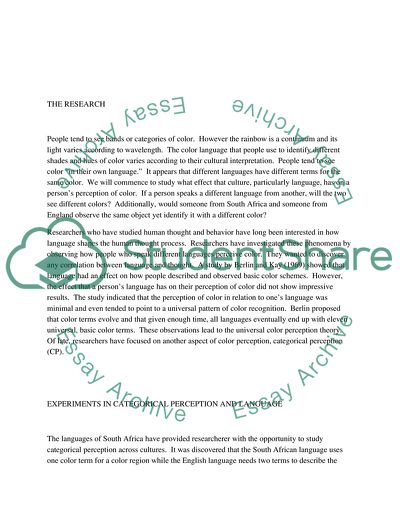Cite this document
(Color, Language, and Perceptual Categorization Lab Report, n.d.)
Color, Language, and Perceptual Categorization Lab Report. https://studentshare.org/psychology/1748371-psychology-bsc
Color, Language, and Perceptual Categorization Lab Report. https://studentshare.org/psychology/1748371-psychology-bsc
(Color, Language, and Perceptual Categorization Lab Report)
Color, Language, and Perceptual Categorization Lab Report. https://studentshare.org/psychology/1748371-psychology-bsc.
Color, Language, and Perceptual Categorization Lab Report. https://studentshare.org/psychology/1748371-psychology-bsc.
“Color, Language, and Perceptual Categorization Lab Report”. https://studentshare.org/psychology/1748371-psychology-bsc.


